Hook Us With Your First Page # 4
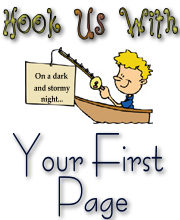 Hook Us With Your First Page is back!
Hook Us With Your First Page is back!This first page comes from Rachel Newstead, and is the first page of her WIP titled "Orphan Toons: Relics of Animation's Forgotten Past Non-Fiction."
So, what do you think?
Does she hook YOU with her first page?
Please leave comments in the comment box below.
CHAPTER ONE
I'm a member of a lost generation.
"Tweeners", I guess you could call us. Not quite baby boomer, not quite Xer, a curious mix of wonder and cynicism. Too young to remember Howdy Doody, but too old to truly appreciate the gripping plotline of a "Scooby-Doo" episode (which, all too often, was the same plotline).
More media-savvy than our parents had been, but not wired to the world like the generations that followed us.
We were, I suppose one could say, the most blessed--and cursed--generation ever born. We came into the world just in time to catch a glimpse of what our parents once loved, only to gaze in horror as it slowly faded away.
For us, "classic animation" did not begin with "The Smurfs" and end with "Beavis and Butt-head." We didn't know the word "anime"--Japanese animation to us meant Speed Racer. Bugs Bunny, Woody Woodpecker, Bullwinkle and Underdog were our best friends. We'd laugh our heads off at Yogi Bear on weekday afternoons, then scratch our heads on Saturday morning as we watched some emasculated Yogi impersonator battling villians like Mr. Smog.
We were the first kids to be subjected to the stringent decrees of folks whose self-appointed mission was to drain every bit of violence (and therefore fun) out of every cartoon we saw. Yet we were the last to see the classic cartoons of the '30s, '40s and '50s in all their noisy, anarchistic, uncensored glory. They were faded, they had a reddish tinge (done, I later learned, in the fifties to make them more visible on black and white TV sets) and often had the opening titles cruelly amputated, but God, were they wonderful!
And if we caught them at the right time on the right station, we might see things that today would send more sensitive souls running for the smelling salts--slow-talking black characters with huge lips and goggle eyes, bucktoothed Orientals, even Daffy Duck whacking a cartoon
Hitler's head like a gong. The seedier and more low-wattage the station, the more likely these animated oddities would appear--in broad daylight, right past the ubquitous eyes of the moral watchdogs. Strangely enough, the earth didn't stop rotating and civilization didn't crumble. We saw those old images for what they were, products of a different time, and a special few of us--including me, in case you were wondering--found something worth watching in even the most blatantly insulting of them. However, that fleeting supernova of animated programing,, in which one could see animation's real past, with no apologies or disclaimers, quickly collapsed into a black hole filled by "Galaxy Goof-Ups." An ever-broadening list of cartoons now deemed "unacceptable" faced certain anihlation by those who would re-write our history. In an era in which "film preservation" is the catchphrase of the moment, cartoons like COAL BLACK AND DE SEBBEN DWARFS, GOLDILOCKS AND THE JIVIN' BEARS, and BUGS BUNNY NIPS THE NIPS are still awaiting rediscovery and restoration. And they shouldn't be.
Why, you might ask, would I want to rescue such questionable artifacts of film history from oblivion? Interesting story, that. One that involves a couple of landmark books on animation, a blind toon geek, and most importantly, a skinny crippled kid with delusions of being a
cartoonist. But more on that later.
Back in the seventies, when dinosaurs roamed the earth (in rhinestone studded white disco pants, no less) there were something called "independent TV stations" which produced something even more remarkable called "local programming." This local programming, aired mostly in the afternoons and geared mainly toward kids, would often be hosted by some
adult in a silly outfit, sitting in the middle of an even sillier studio set. He'd do some mildly funny skit or other, then on would come a Bugs Bunny cartoon. (Or Felix the Cat, Heckle and Jeckle or whatever else they could dig out of the vault). I saw more than my share of such curiosities, for two reasons--first, I led the nomadic life of an Army brat (who could recite the call letters of TV stations in two dozen different cities) and was one of that rare few who got the first look
at something called "cable TV."
Sierra Vista, Arizona in 1973 didn't have much to brag about, being a little desert town whose only reason for existence was the nearby Fort Huachuca army post, which had been there since the days of Wyatt Earp. A routine shopping trip often required a drive to Tucson, seventy miles north. Isolated and surrounded by mountains, TV reception in that tiny community of 10,000 was next to impossible.. The mountains blocked any signal, so those who opted out of the local cable service had two choices--a gargantuan antenna the size of the Eiffel Tower, or snow.
Fortunately, when fate and the US Army dropped me and my family in Sierra Vista that year, my parents decided on cable. They didn't know it, but that one decision saved my childhood and sealed my future.
Having come from three years in Germany, where we had no TV--in English, anyway--I stared in pop-eyed amazement at stations in Phoenix, Tucson, and even Los Angeles. On all twelve channels on the dial, yet. From nothing, I found myself glutted by cartoons of all kinds, at
practically any hour--I felt at times like a bullimic in a donut shop. If I missed Bugs in Phoenix, I could catch him in L.A. an hour or so later--or vice versa. Before long, I had seen the same cartoons so many times I could identify when a cartoon was made--and by whom--just by listening to it. I began to scan the credits and even the copyright dates for scraps of data I might have missed. My education as a toon historian had begun.
Copyright 2006 Rachel Newstead




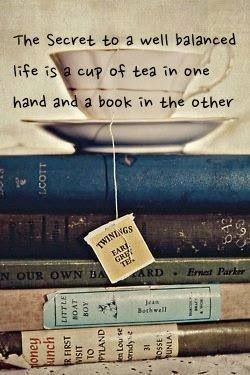














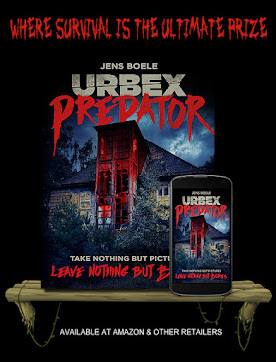


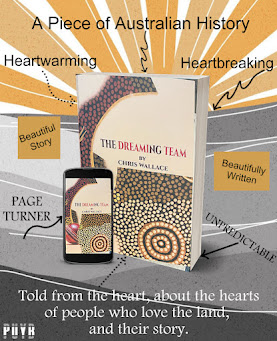





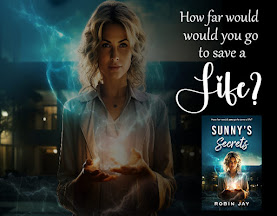




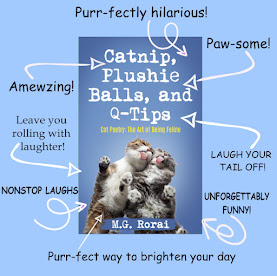





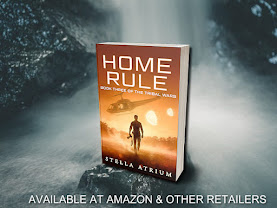




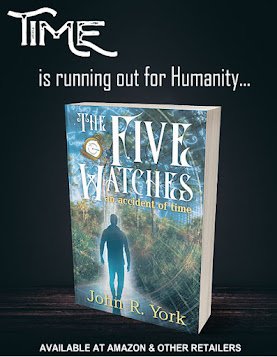

















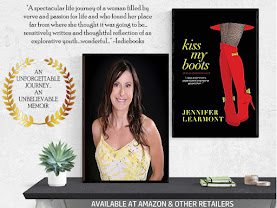




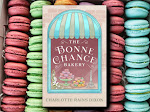
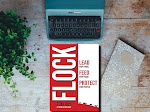


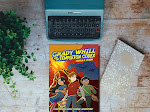



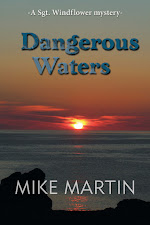



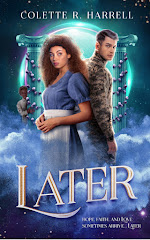
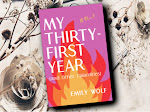






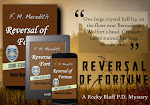











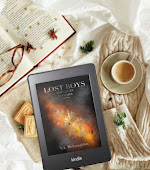


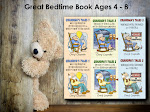

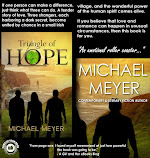

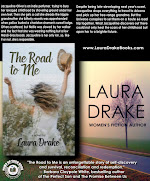


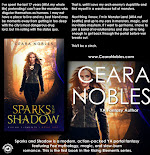
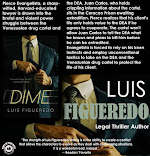




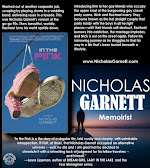


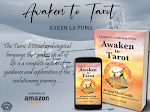

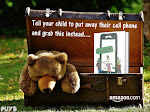




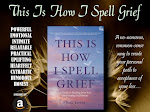
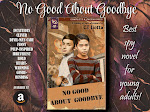


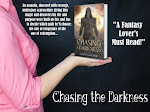
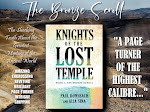





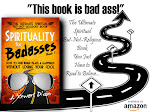

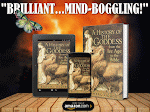


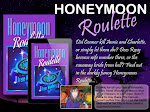
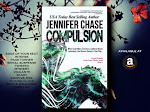

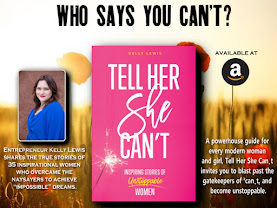














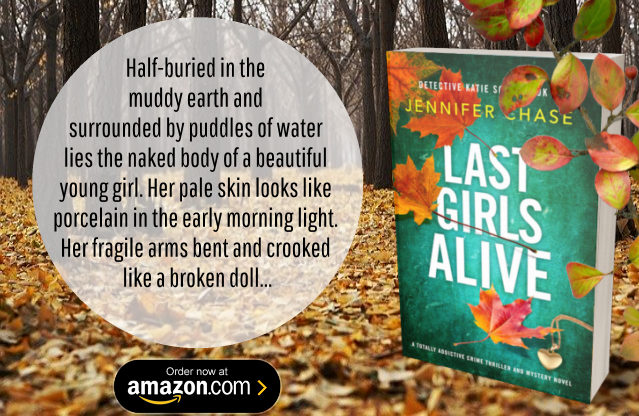
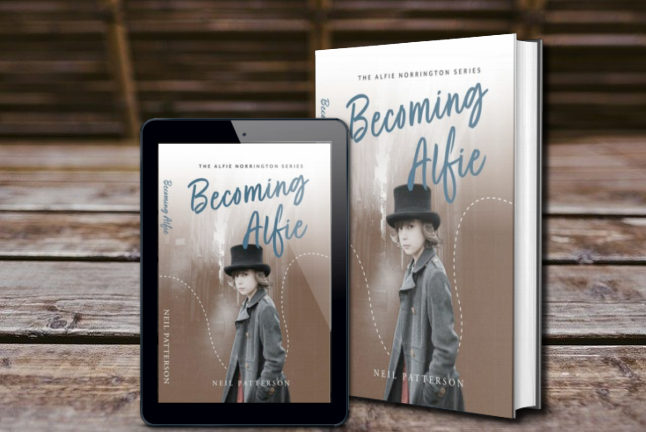



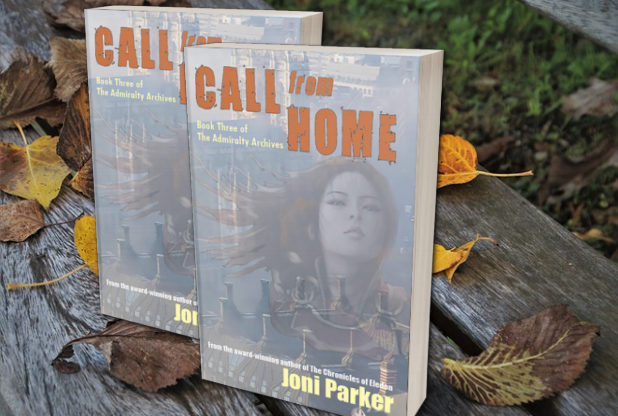
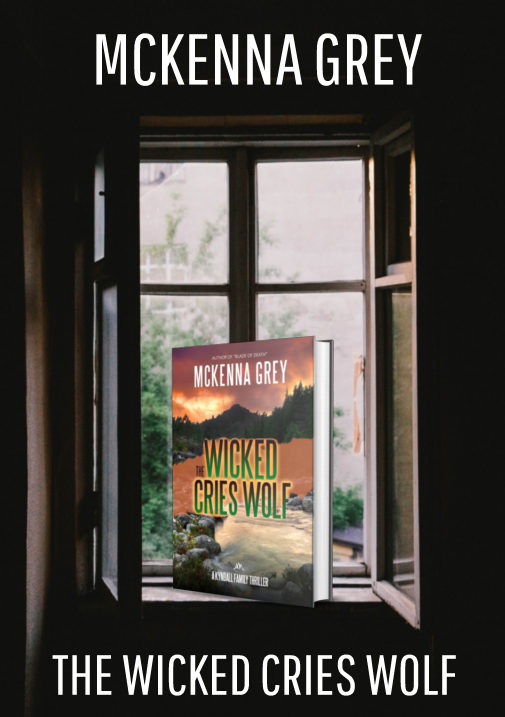


Pretty long first page, but it served its purpose. I'm not into non-fiction, unless it is police dramas or the like, but this definitely held my attention. As a boomer, this brought pictures to mind of the freckle faced puppet, Howdy Doody, as well the bad cat, Felix and of course the naughty and noisy crows, Heckle and Jeckle.
ReplyDeleteHaving raised children during the Thundercats regime and Scooby-Doo, Yogi bear and Boo-boo, too, and grandkids watching Dora and SpongeBob, I agree with Ms. Newstead completely, the censors and the powers that be have taken all the fun and glory out of cartoons!
Long live Rocky and Bullwinkle, long live the Roadrunner!
I agree it's long, but with the text program I was using (WordPad, which comes with Windows) I had no way of judging how long one page truly was. I was also unsure I could make the point I was trying to make within one page--I wanted to lead up to it gradually. But I'm glad you liked it.
ReplyDeleteIt's long, but has to be. There is a lot of territory covered here. Yes, I like it. I never was one for cartoons, but my kids are. I have to agree that these older, less acceptable types of 'toons need to be archived. There was a lot of social comment in them that tells historians what the world was like way back when.
ReplyDeleteAll in All, well written.
Okay, I guess I can comment now. I try to refrain commenting for a day or so, so as not to influence anyone, but, I like it. There is so much history in the old 'toons. The things they got away with back then, you couldn't even think about doing that today. I think Rachel's got a good working premise here, and I hope she lands a publisher that will see the quality of her work, as well as what the book is trying to convey. Yeah, it hooked me. ;o)
ReplyDelete